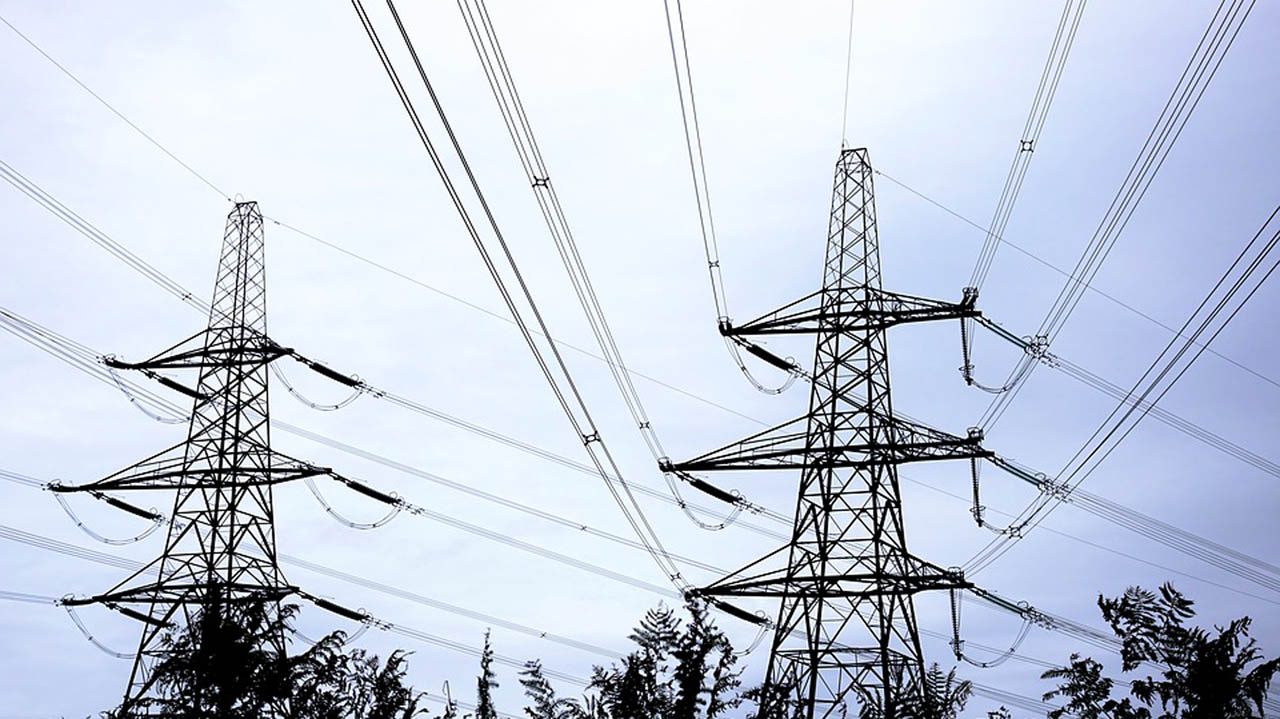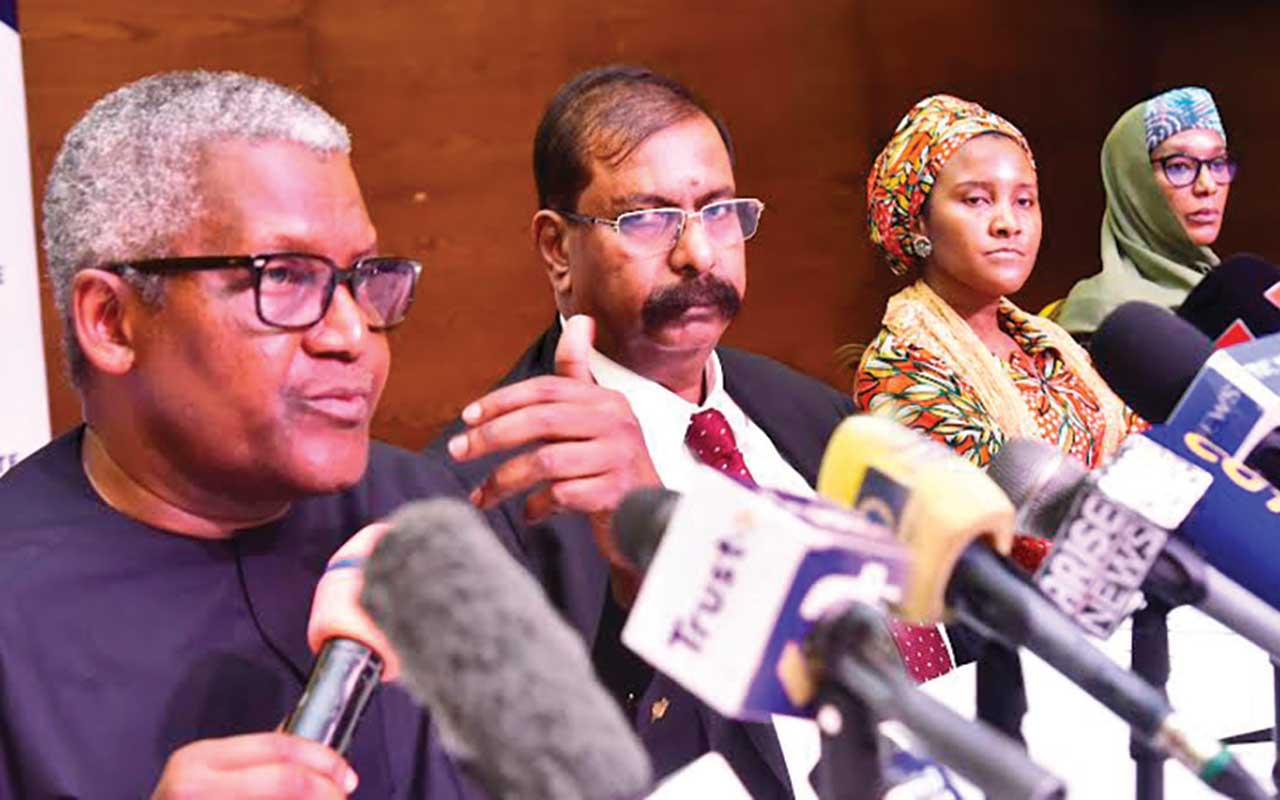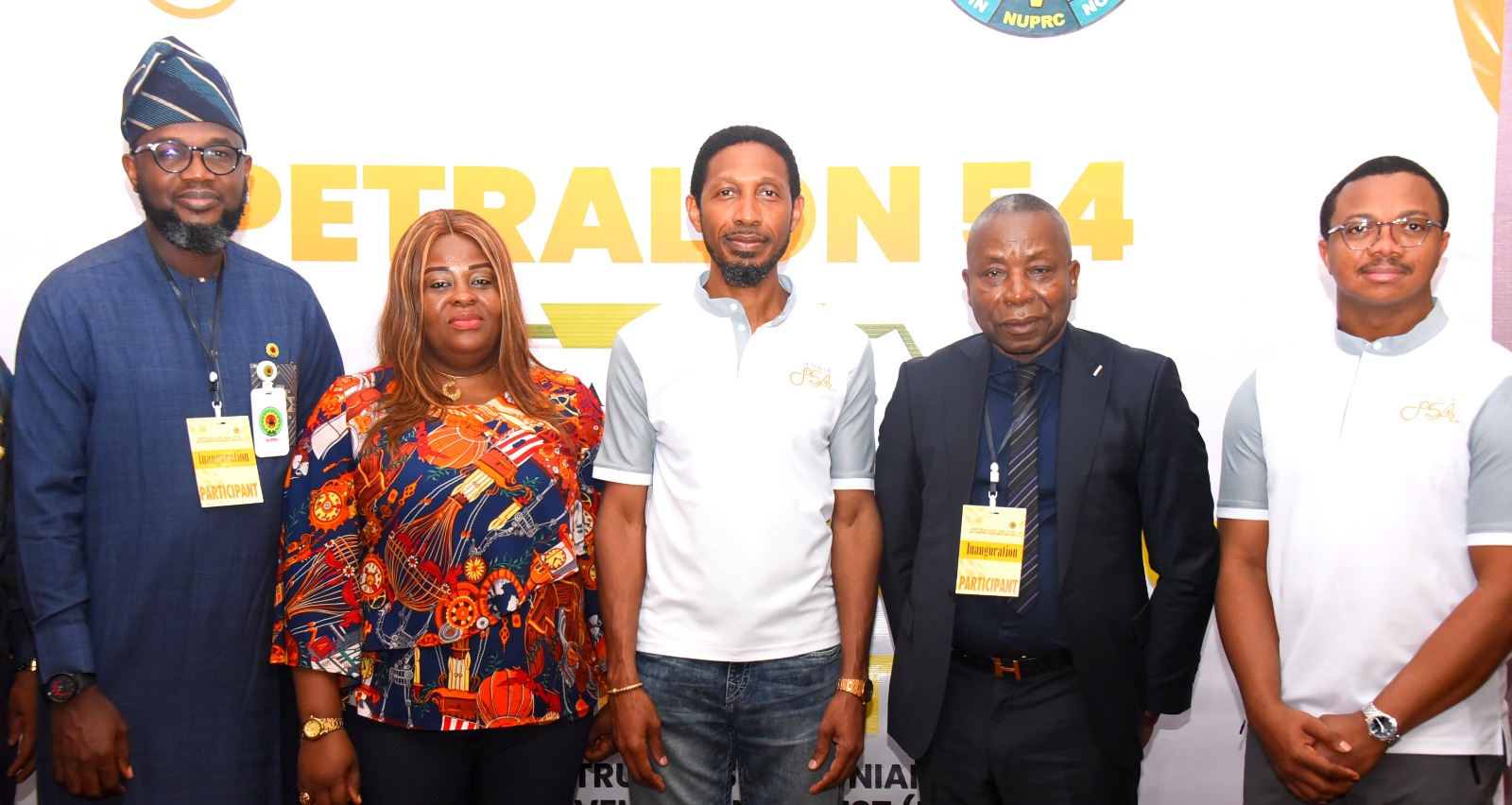As Nigeria’s electricity sector prepares for regional integration, the enforcement of the Free Governor Mode of Operation (FGMO) on all grid-connected generators has been described as a decisive regulatory priority.
Speaking with The Guardian, Executive Director, Market Operations at the Nigerian System Operator (NISO), Dr Edmund Eje, said FGMO is not a negotiable option but a binding requirement under the Nigerian Grid Code.
Nigerian Electricity Regulatory Commission (NERC) had, in an order, insisted that the move is essential to stabilise a fragile grid prone to repeated collapses. Generation companies (GenCos) warn of heavy financial burdens and structural risks if the measure is enforced in isolation.
Signed on 26 August 2025 by NERC Vice-Chairman, Musiliu Oseni, and Commissioner, Legal, Licensing and Compliance, Dafe Akpeneye, the order (NERC/2025/094) will take effect from 1 September.
It gives GenCos until 30 November to activate fast-acting FGC in all their generating units, backed by IoT-enabled metering systems for real-time monitoring by the Nigerian System Operator (NISO).
But GenCos had contested the order as some operators said it may remain elusive unless the government takes responsibility for the financial burden of the used load.
“FGMO is a regulatory requirement for all generators. It is not negotiable,” Eje said in a clarification issued on the matter.
“If an investor applies for a generation licence, it behoves the investor to comply with the regulatory requirements of the units he is installing, because he is entering a regulated market despite the ‘open access’ clause in the Grid Code.”
FGMO is a form of primary frequency control, designed to maintain stability when consumer load changes cause slight fluctuations around the point where demand equals supply.
The Grid Code stipulates that all generators must maintain a four per cent droop setting for the function.
Beyond this, the market contracts spinning reserve to address larger disturbances such as sudden load drops.
Unlike FGMO, Eje noted that spinning reserve is remunerated.
“A generator that provides spinning reserve for the grid is paid for it. This is quite different from FGMO, which is a regulatory requirement and doesn’t attract any fee,” Eje explained.
The enforcement drive has highlighted a divide in the sector.
Generators with modern, Grid Code-compliant machines have activated FGMO without difficulty, while those with older or incompatible units, some of which predate the formal Nigerian Electricity Supply Industry (NESI), face costly retrofits.
Eje acknowledged the disparity but stressed that compliance is mandatory as the cost of fixing the FGMO system is not uniform.
“Some generators already have it on their machines but need repairs, while those whose machines do not have it must install it.
The regulator’s deadline is sacrosanct, but each case will be treated on its own merit,” Eje stated.
He also linked the timing of enforcement to Nigeria’s plans to synchronise its grid with the West African Power Pool (WAPP), where Nigeria operates the region’s largest network.
“It is very important that our grid frequency is stable at the time of this all-important synchronisation,” he said, while adding: “If we achieve seamless integration, it will benefit the generators most, because they will be able to participate in the ERERA-regulated WAPP electricity market and attract more international customers.”
On the broader issue of compliance, Eje reminded operators that by signing the Market Participation Agreement (MPA), they committed to the Grid Code provisions.
“Ordinarily, non-compliance should already have attracted sanctions, but the regulator has granted appreciable time before setting this deadline. Market participants should refrain from rushing to the social media court when they are operating in a regulated market with clear procedures,” he said.






